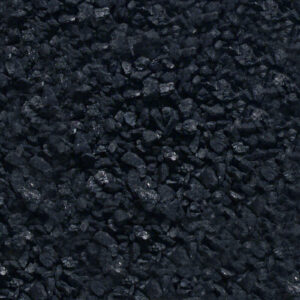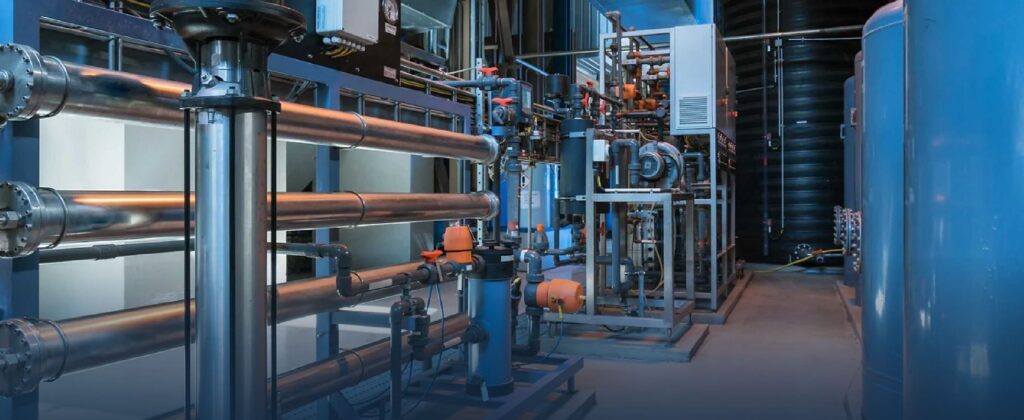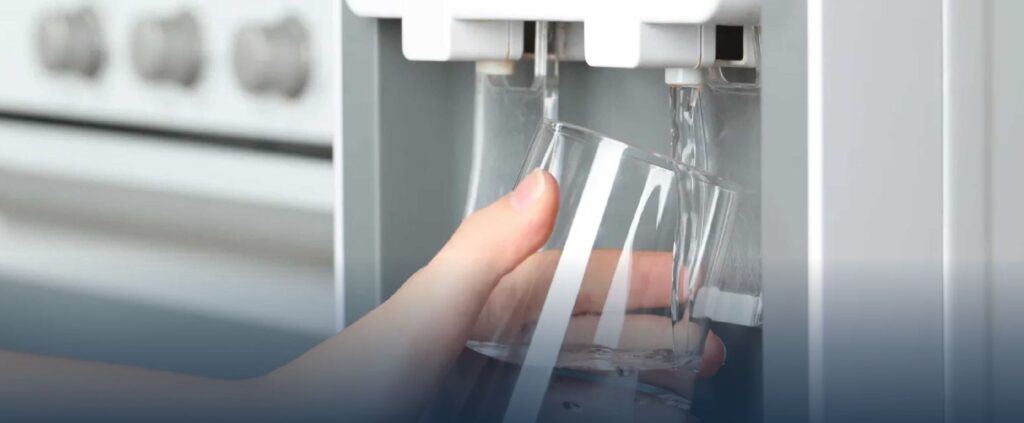Catalytic Carbon for Chloramine removal
What are Chloramines ?
Most of us are familiar with chlorine, which is the disinfectant of choice in swimming pools and also our public water supplies. Now, in the case of our drinking water supplies, it is being rapidly replaced by a substance called chloramine, a mix of chlorine and ammonia. The decline in the use of chlorine began with the relatively recent discovery of a group unsavoury and often deemed carcinogenic disinfection by-products called trihalomethanes (THMs) that are formed when chlorine combines with organic matter in water. To put this in practical terms, that pungent odour you get when you go to a public swimming pool, is most likely a cocktail of chloramines and trihalomethanes. In a swimming pool, the chlorine may combine with ammonia ( from urine and sweat) to form chloramines. The organics may react with the chlorine to form trihalomethanes- and we just don’t want to know where these organics came from? To meet EPA standards for THMs, which once created are hard to remove, municipal suppliers are turning increasingly to disinfection with chloramines, which produce much lower levels of trihalomethanes.
The problem with conventional activated carbon is that chloramines are very difficult to remove, and require much longer contact times. It is no surprise that a significant portion of residential applications experience ammonia or chloramine breakthrough, simply because there is not enough contact time. Catalytic carbon was invented, and it has the ability to completely remove chloramines requiring a significantly lower contact time.

What is Catalytic Carbon ?
Catalytic carbon has a modified surface performed by a chemical process in which the electronic structure of the carbon is altered in such a manner that the resulting carbon offers enhanced catalytic capability.Catalytic carbon retains conventional carbon’s ability to adsorb contaminants but it also possesses greatly enhanced capacity to catalyse, to promote beneficial chemical reactions. It is by catalytic action that chloramine is reduced. The activated carbon converts chlorine to chloride leaving behind ammonia. And this is where the catalytic part comes to it’s own, as the ability to retain oxygen enables the ammonia to be oxidised. Catalytic capacity of carbon is expressed by the peroxide number, which measures the rate of decomposition of hydrogen peroxide by the carbon. The faster a carbon will break down hydrogen peroxide, the greater its catalytic activity. The lower the peroxide number the more effective is the carbon to remove chloramines.
Why remove Chloramines from your water supply?
Chloramines possess a risk for hemodialysis patients and fish, because of their easy entry into the bloodstream through dialysis membranes and the gills of fish. Once in the blood stream, chloramines denature haemoglobin and cause haemolytic anemia. To avoid any accidental use of chloramines treated water, it is must to reduce the chloramines from drinking water as low as 0.5 ppm. While chloramines are not a drinking water health concern to humans generally, their removal improves the taste and odor of drinking water. There has been an increasing public awareness and concern about chloramines and also fluoride being added to our water supplies. Soft drink manufacturers often want the chloramines removed to prior to adding other substances to the purified water. Hospitals are also increasingly showing an interest in removing chloramines from their water supplies , to revert to the more conventional way of chlorination.
Unlike the case of chlorine disinfection, when chloramines are present, there are usually trace amounts of ammonia and hydrochlorite as well in water. Ammonia can be re moved with natural Zeolite or by Ion Exchange. Softening can be used effectively for ammonia removal if the primary softener is allowed to load to a hardness endpoint and a polishing softener is used to remove ammonia. In this case, the primary softener must not be operated to hardness breakthrough, as this would cause an ammonia spike and lead to elevated ammonia levels in the final product water.
Also, chloramines are hardly present in ionic form. Due to the low molecular weight, chloramines, in particular monochloramines are difficult to remove from water by reverse osmosis (RO) or water softening. Boiling and distillation cannot be used either. To improve the taste and odour and to remove the inherently toxic chloramines, adsorption by catalytic activated carbon is one of the most promising processes.
Introducing Choramine Blocker GC 12X30SCI
GC 12x30SCI is a virgin activated carbon which is granular in form. Made from selected grades of coconut shell, its enhanced microporosity makes it particularly well suited for the removal of most organic compounds, chlorinated by-products such as chloroform and chloramines and other trihalomethanes (THMs). It is also ideally suited for the removal of oxidising agents such as chlorine and ozone from process water. Its superior level of hardness makes it cleaner than most other carbons and gives it longer life expectancy. Certified by the NSF, it is suitable for drinking water and food grade applications.
To purchase this product, see the following link: Buy Catalytic Carbon



